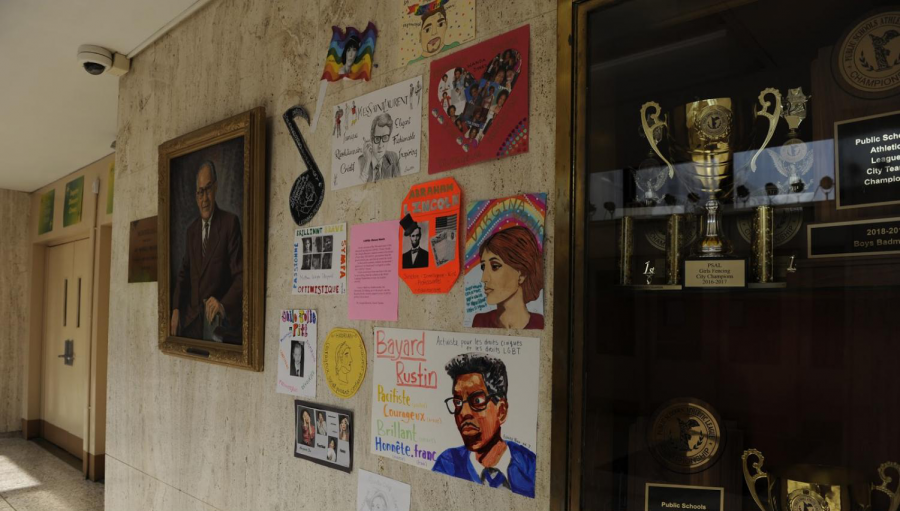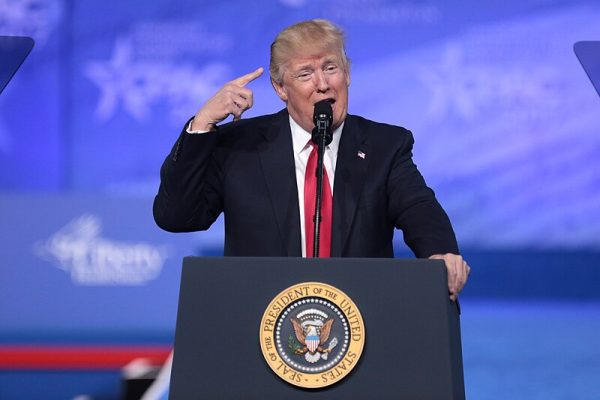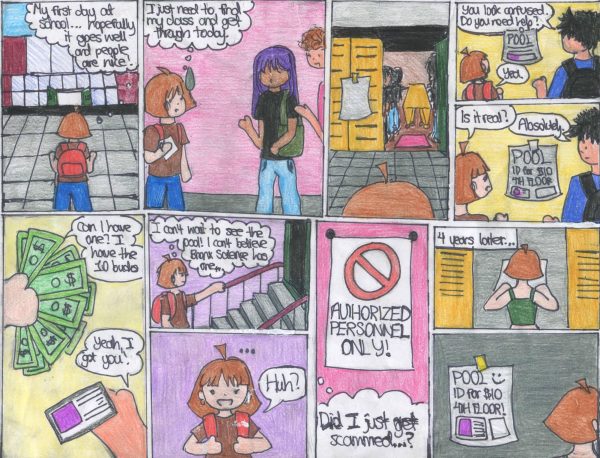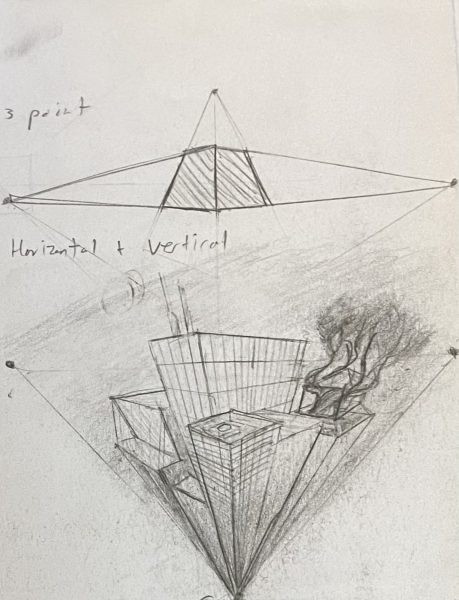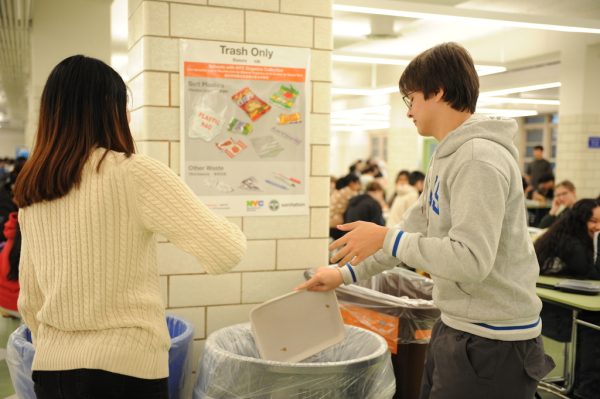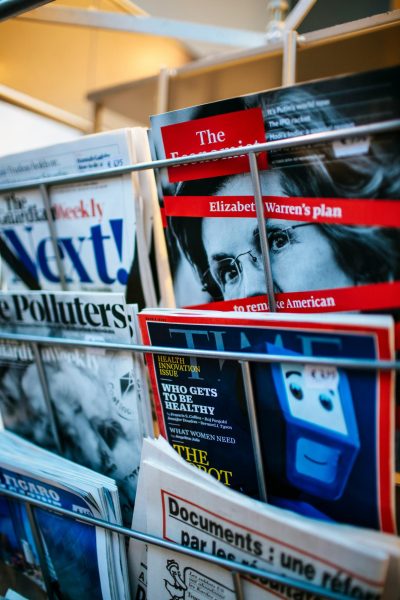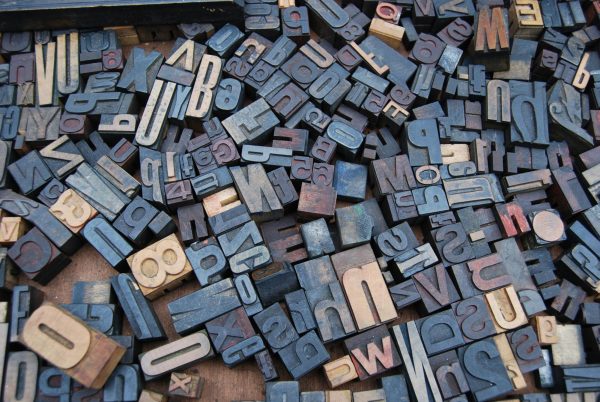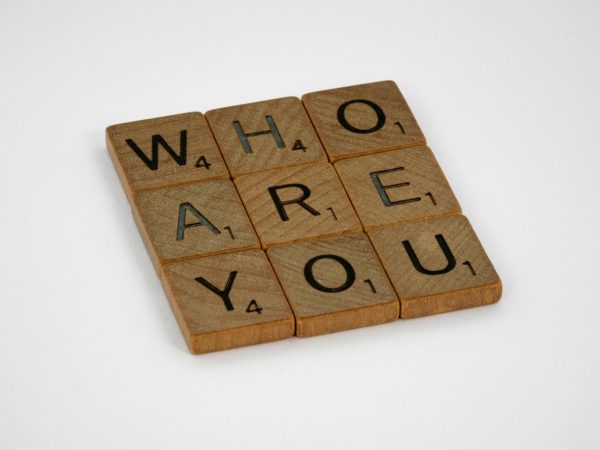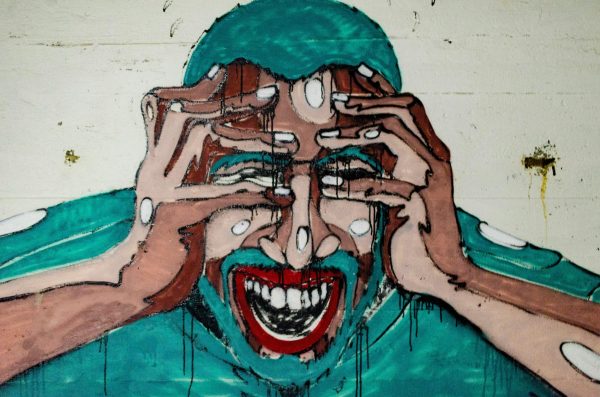Education Has Set The Record A Little Too Straight
Mr. Blessent’s LGBTQ+ icon arts project is displayed throughout the hallways; he seeks to promote a more inclusive school environment.
When Lennox Gregoire ’20 was in eighth grade, her literature class read ‘A Separate Peace’ by John Knowles. During one discussion, she raised her hand to say that it felt to her as if the main character was “struggling to reconcile his romantic love for his best friend with his inferiority complex that leads him to want to simultaneously be his best friend.” Instead of embracing her exploration of the story’s meaning, Gregoire’s teacher seemed uncomfortable at the mention of gayness.
“He shut me down immediately and told me to wait until I was older to discuss these topics,” she said. “The idea that homosexuality is inappropriate and that young children should be shielded from it worsened my already bad internalized homophobia because it was just another thing teaching me that who I am is unnatural.”
Our national education system has not been kind to queer youth. Public school curricula, including history, literature, and health classes, have erased the LGBTQ+ community from almost every classroom, isolating and marginalizing LGBTQ+ youth. Students like Gregoire are left to feel invalidated because they aren’t seeing themselves represented in what they are learning.
Current national curricula standards do not require educators to teach about LGBTQ+ topics in schools; according to a GLSEN (formerly the Gay, Lesbian, & Straight Education Network) study, only 35.2% of students across the country say that they have been exposed to representation of LGBTQ people, history, or events in lessons.
And only 19.8% of those students reported being taught these representations in a positive manner, while 18.4% had been taught about LGBTQ+ topics in a negative light. In sex education classes, these statistical discrepancies are even more visible. Less than 5% of queer youth report receiving sex education relevant to them. In fact, according to the Centers for Disease Control, only nine states mandate the coverage of LGBTQ+ topics in sex education. Five states actively prohibit these topics being covered in a positive light.
These laws, or lack thereof, institutionalize fear and discrimination against the LGBTQ+ community; when schools do not provide accurate and positive representations of students within an identity group, it isolates them by implying that they are not worth that class time.
“I don’t feel represented in what I have learned about queer history. I have only had one series of lessons on the queer civil rights movement in American Studies,” Mica Nimkarn ’20 said. “The lack of representation changed how I interacted in class when we did have lessons on queer rights.”
Queer erasure in schools can mean queer youth are more likely to struggle with their identity. Emily Style from the National Seeking Educational Equity and Diversity Project uses the metaphor of windows and mirrors to illustrate how educational representation affects students; school lessons should be a mirror, reflecting back a person’s own experience, and a window into others’ experiences. We need to feel seen by our curriculum in order to feel connected to it, just as we need to learn about perspectives different from our own.
But LGBTQ+ youth are not seeing themselves in their classes. The message? They are invisible, unimportant. This marginalization of queer folk may account for the fact that LGBTQ+ individuals are almost three times more likely than others to experience a mental health condition like major depression or generalized anxiety disorder, and five times as likely to attempt suicide, as reported by the National Alliance on Mental Illness. This is disheartening but not surprising given that there is so little guidance for queer youth in their curricula.
There are great efforts in our school to make classrooms more inclusive by many teachers. Mr. Christopher Dahlem, the school’s health teacher, is trying to make the half-year course as welcoming to LGBTQ+ students as he can. This year, he invited PFLAG, a family-based organization committed to the civil rights of all LGBTQ+ folks that focuses on promoting inclusive school environments, to provide their own queer testimonies.
“While New York City has its own curriculum, I like to think that we do a little bit more than the curriculum asks us to, especially with teaching about sexuality and gender identity,” Mr. Dahlem said. After the PFLAG representatives shared their stories, three different students raised their hand to offer their own. Students opened up, and seemed to feel more comfortable speaking about their own identities when they saw them validated in the classroom.
But seldom do individual teachers have flexible curricula nationwide; we need to make broader foundational changes. At Bronx Science, we value honest, in-depth learning. What kind of message are we sending if we say that the LGBTQ+ community doesn’t belong in that?
“Because I grew up in an academically focused environment, it was super hard for me to hear these messages in an academic setting from the people I look up to,” Gregoire said. “I took their word as fact and it really confirmed my suspicions that being a homosexual was wrong and that I was wrong.”
“I don’t feel represented in what I have learned about queer history. I have only had one series of lessons on the queer civil rights movement in American Studies.”
Edie Fine (she/they), an Editor-in-Chief for ‘The Science Survey,’ is thrilled to be on the journalism staff for a second year. She loves telling stories,...

